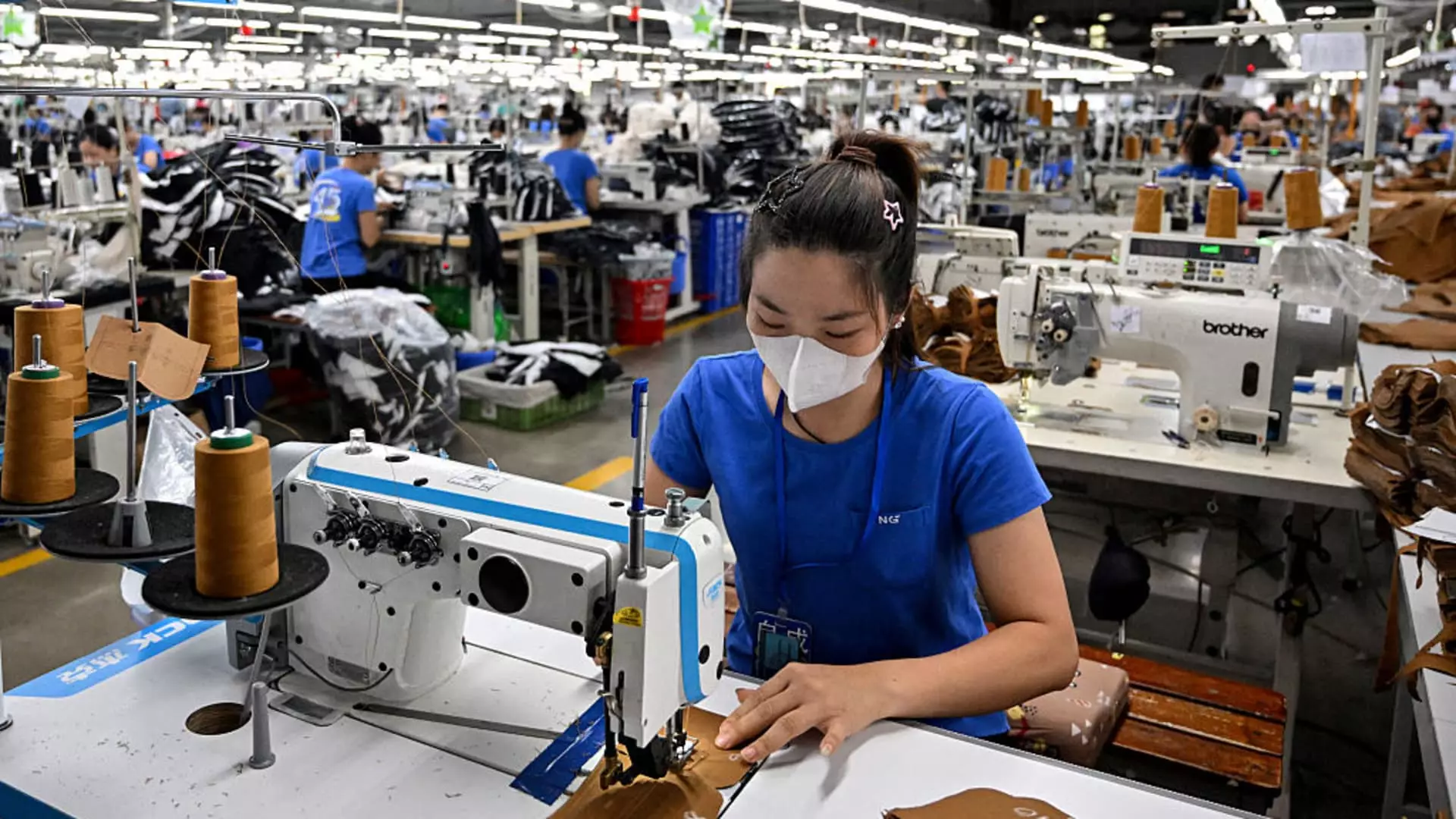The recent announcement by President Trump claiming a new trade deal with Vietnam that includes a 20% tariff on imports reflects a troubling paradox at the heart of purported economic policy. On the surface, the deal promises “tariff-free” access for American consumers and businesses to Vietnam’s markets, but this narrative masks a deeper reality of strategic tariffs that serve political and economic interests at the expense of stability and fairness. The U.S. appears to be engaging in a game of regulatory chess—an effort to manipulate trade flows, complicate transshipping practices, and leverage tariffs as a bargaining tool—rather than pursuing sustainable, equitable economic growth. What remains glaringly absent from this diplomacy is a genuine commitment to fostering long-term partnerships rooted in mutual benefit, instead of transactional and often counterproductive measures driven by short-term political gains.
Tariffs as Political Weapons: Beneficial or Damaging?
At a closer glance, the proposed 20% tariff—designed ostensibly to protect American industries—actually introduces more layers of complexity. While Trump portrays this as a punitive measure on transshipped goods from China through Vietnam, the real danger lies in tariffs’ capacity to distort market prices, inflate costs for consumers, and entrench economic uncertainty. Tariffs may generate revenue—billions in U.S. income—but this benefit is a hollow victory if it comes at the expense of consumer choice and supply chain reliability. The evidence suggests that tariffs, rather than protecting domestic manufacturing, primarily serve as a political blunt instrument, which, if unchecked, threaten to hobble the globalized economy, not bolster it.
Critics rightly warn that Donald Trump’s unpredictable tariff policies create a climate of volatility that investors, retailers, and consumers find perilous. While proponents argue that tariffs are simply “taxes paid by importers” and that they can boost revenue, this perspective dangerously underestimates the wider consequences—costly price hikes, retaliatory measures, and volatile trade relations. The reality is that tariffs are a form of economic coercion, potentially leading to retaliatory tariffs from other nations, which could escalate into trade wars that slow economic growth and threaten jobs—not protect them.
Vietnam’s Vulnerability: The Fragile Balance of Global Supply Chains
Vietnam’s position as a crucial node in global supply chains makes it a particularly vulnerable partner in this dance of tariffs. Its dependence—comprising roughly 30% of the country’s GDP—on exports to the United States means that tariff policies directly impact its economic stability. Yet, instead of fostering genuine economic development and diversification, the U.S. seems intent on using tariffs to pressure Vietnam into compliance, risking a fragile economy on the altar of political leverage.
Transshipping—an intentionally loophole-laden process—serves as a symbol of how superficial the current trade framework can be. Countries like China have exploited Vietnam as a port of transshipment to avoid tariffs, a practice that highlights the inherent flaws in the current approach. The inclusion of a 40% tariff on transshipped goods reveals that the U.S. is trying to close these loopholes, but at what cost? This approach complicates international trade and could lead to increased costs for American consumers, with little guarantee of success in curbing illegal transshipment practices.
The Costs of Distraction: Higher Prices and Economic Instability
The real sting of these tariffs is felt by American consumers and businesses, who face rising prices and diminishing choices. The CNBC analysis revealing that a 10% tariff could increase sweater prices by almost 8% exemplifies this danger. When tariffs climb to 20% or more—as the U.S. might impose—the cost hikes become even more severe, potentially leading to inflationary pressures that undermine economic stability.
Furthermore, the timing of such tariffs is often poorly coordinated, with political considerations overshadowing economic ones. The 90-day tariff pause was a tentative step—an attempt at dialogue that now risks being undermined by unpredictable policy shifts. This constant uncertainty discourages investment, disrupts supply chains, and hampers business planning at a time when stability should be the priority.
The Center-Left View: Balancing National Interests with Global Cooperation
From a centrist liberal perspective, the challenge lies in recognizing the importance of open markets while safeguarding national interests through fair and transparent trade policies. The current U.S. approach—marked by punitive tariffs and strategic brinkmanship—misses the mark. Instead, a more balanced approach would promote rules-based international cooperation, ensuring that trade policies do not undermine economic stability or global economic integration.
This middle ground advocates for targeted tariffs, strong enforcement against unfair practices, and robust diplomatic engagement—not punitive trade wars. The goal should always be to foster economic opportunities that benefit both sides, rather than leverage tariffs as a form of economic punishment. Only through such pragmatic cooperation can the U.S. aim for a trade policy that respects global interconnectedness without sacrificing domestic well-being.
The U.S.-Vietnam tariff deal exemplifies the dangerous game of economic brinkmanship—one that prioritizes short-term political gains over long-term stability and fairness. Mastering the art of balanced diplomacy, rooted in mutual respect and strategic cooperation, is the true challenge of modern trade policy.

Leave a Reply